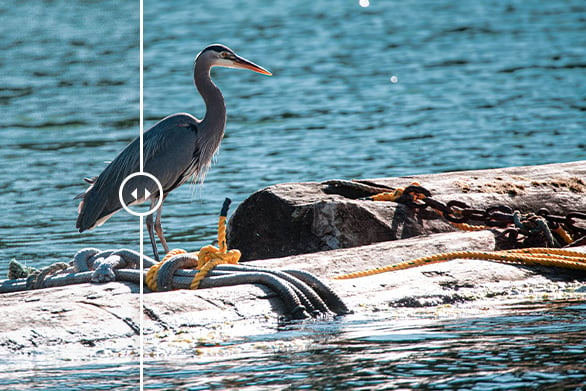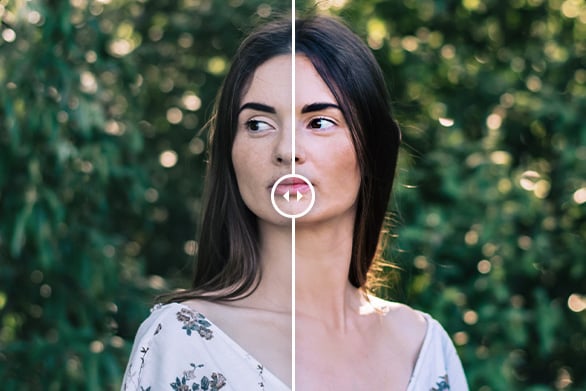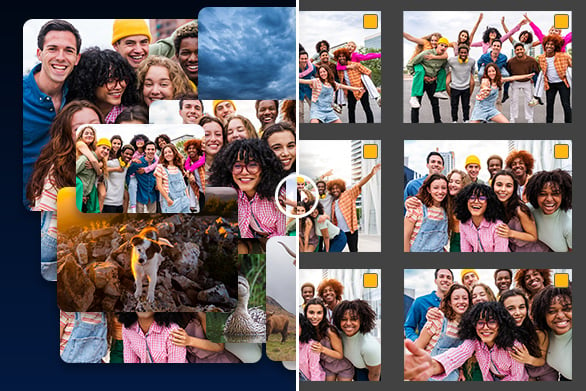ACDSee Photo Studio Ultimate 2026 Introduces Privacy-Focused AI-Powered Editing
![]()
ACD Systems has announced ACDSee Photo Studio Ultimate 2026, the latest version of its flagship photo editing and digital asset management software, bringing new AI tools, workflow upgrades, and flexible pricing options for photographers and creatives.
ACDSee Photo Studio Ultimate 2026, the newest version of the company’s flagship photo editing and digital asset management software, puts a strong emphasis on artificial intelligence (AI)-powered tools such as AI Denoise, AI Hair Masking, and adaptive Develop Presets, giving photographers faster and smarter ways to edit.
Alongside these creative enhancements, users will find workflow upgrades such as a redesigned home page, an expanded Activity Manager with multi-threading, and improved People Mode for easier organization. With added support for modern formats like JPEG XL and expanded video metadata options, ACDSee 2026 aims to deliver a faster, smarter, and more complete ecosystem for both hobbyists and professional photographers.
![]()
Focus on AI Without Compromising Control
According to ACD Systems, the latest version integrates AI features designed to save time on demanding editing tasks while keeping user control and privacy at the forefront.
“Photographers today want to incorporate AI into their workflows without sacrificing authenticity and control,” says Frank Lin, COO and CTO of ACD Systems.
“With this release, they get that and more – advanced AI tools that make demanding tasks quick and painless, a digital asset management system that saves users tons of time, and editing capabilities to reach full creative potential – all using on-device processing.”
Unlike many cloud-based editing platforms, ACDSee’s AI features run entirely on-device, keeping image data local and avoiding reliance on remote servers. This not only ensures greater privacy and security for photographers working with sensitive or personal images, but also eliminates the need for a constant internet connection.
By processing everything natively on the computer, users benefit from faster performance, reduced lag, and a more seamless editing experience, whether they’re working at home, on the go, or in locations with limited connectivity.
What’s New in ACDSee Photo Studio Ultimate 2026
“Artificial Intelligence (AI) in ACDSee Photo Studio Ultimate 2026 doesn’t take over – you remain in full control while the AI-driven tools amplify your impact. There is no limit to your potential thanks to zero-effort features,” ACD Systems says.
The 2026 release brings a suite of AI-driven tools aimed at streamlining common editing challenges. One of the headline additions is AI Denoise, which automatically reduces noise while preserving detail. Photographers working in low light or with high ISO settings can batch-process entire shoots to save time without sacrificing image quality.

Another addition is AI Hair Masking, designed specifically for portrait photographers. This tool makes it easier to isolate hair with a single click, allowing for precise adjustments to color, tone, and lighting while leaving the rest of the image untouched.

ACDSee has also introduced AI Develop Presets, which apply intelligent, non-destructive adjustments that adapt to each photo individually. The feature is particularly useful when batch editing, ensuring consistent results across hundreds of images while still tailoring edits to the nuances of each shot.

Portrait editing has also been enhanced through an updated AI Face Edit. Alongside established tools like skin smoothing and eye adjustments, the latest version introduces new controls for natural and creative hair color changes, plus a Splotch Removal tool that blends out blemishes while retaining texture.

For workflow efficiency, the Activity Manager has been expanded to include true multi-threaded processing. Users can now continue working while importing, exporting, resizing, or applying presets in the background. A redesigned Home Page further improves navigation, providing centralized access to searches, filters, and cataloging tools.


Organization tools also receive an upgrade. The improved People Mode refines AI face detection, making it easier to manage group shots without missing individuals. Meanwhile, video creators gain from expanded metadata support, which introduces new auto-categories and advanced search options for video files.
Finally, ACDSee Ultimate 2026 strengthens its future-proofing with support for JPEG XL (JXL), a modern image compression format that balances smaller file sizes with high-quality results.
Built on Familiar Capabilities
In addition to these updates, ACDSee Photo Studio Ultimate 2026 builds on the platform’s existing strengths. Users continue to benefit from tools such as AI Super-Resolution, AI Sky Replacement, AI Object Selection, and AI-powered face recognition. The software also maintains extensive RAW format support for more than 750 camera models and offers non-destructive editing features through its Develop and Edit modes.
ACD Systems positions the software as a solution for a wide spectrum of users, from archivists preserving decades of personal photography to professionals managing high-volume commercial shoots.



Pricing & Availability
ACDSee Photo Studio Ultimate 2026 is available both as a subscription and as a perpetual license. The ACDSee 365 Home Plan, intended for personal use, is offered at $8.90 USD per month or $89 USD per year, with the flexibility to cancel at any time. For those who prefer a one-time purchase, the software can be bought outright with a perpetual license for $150 USD.
Image credits: ACD Systems